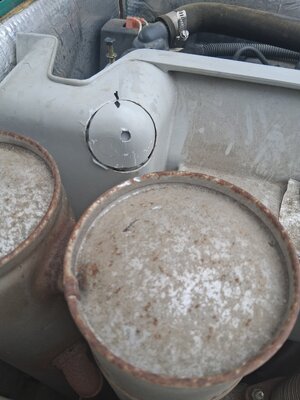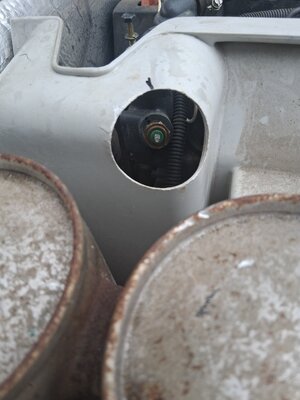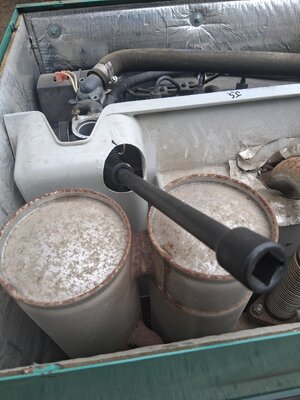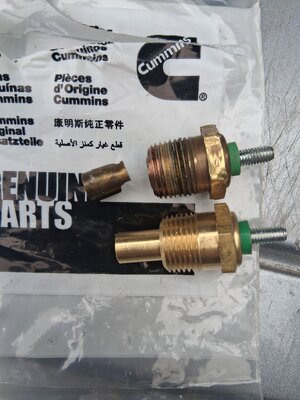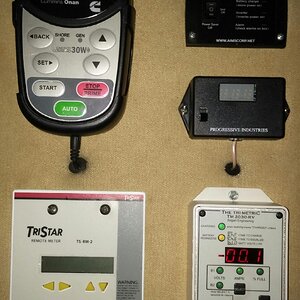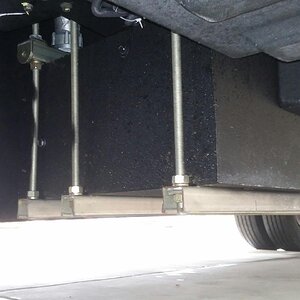60 Seconds
RVF Regular
- Joined
- May 27, 2025
- Messages
- 8
- Location
- Northeast
- RV Year
- 2006
- RV Make
- Winnebago
- RV Model
- Journey
- RV Length
- 39
- Chassis
- Freightliner
- Engine
- Caterpillar C7 350 HP
- Fulltimer
- No
I have a 2006 Journey (52K miles) with a 7.5 Onan (Cummins) diesel generator. Only has 150 hours. Recently it would shut down after running for about 20 minutes. Then, less and less run time before shutting down. I checked the coolant level, it was just at the cold mark, so I topped it off to the hot mark. No change. Oil level was full. I figured it was time for service. Primary code was 1 and secondary code was 33 (overheating). Did a oil and filter change, fuel and air filters as well (genuine Onan parts). Everything looked clean underneath, no nests or obstructions. No dirty or gritty fuel came out of the old fuel filter, chassis engine runs strong. After service it will only run for 60 seconds and shut down. I tried with the breaker on and then off. No difference. I have good air flow across the radiator (I can see squirrel cage fan spinning) and good air flow out the rear. Plenty of exhaust pipe pressure. I could hold my hand on the exhaust pipe b/c if doesn't run long enough to even get warm. For the short time it does run it's really quiet, which it always has been. No knocks or unusual noises. I took the caps off the coolant overflow and the fill cap. I wanted to eliminate any chance there was a vapor lock(?) in the water jacket. No bubbles or burbs. I also had no visible coolant leaks or puddles under the unit. At this point I'm thinking the coolant sensor. For that, I have to jack up the front end of the coach and unbolt/lower the generator (not a slide out type). Big job. Is there anything else I should try before forging ahead with removal?
